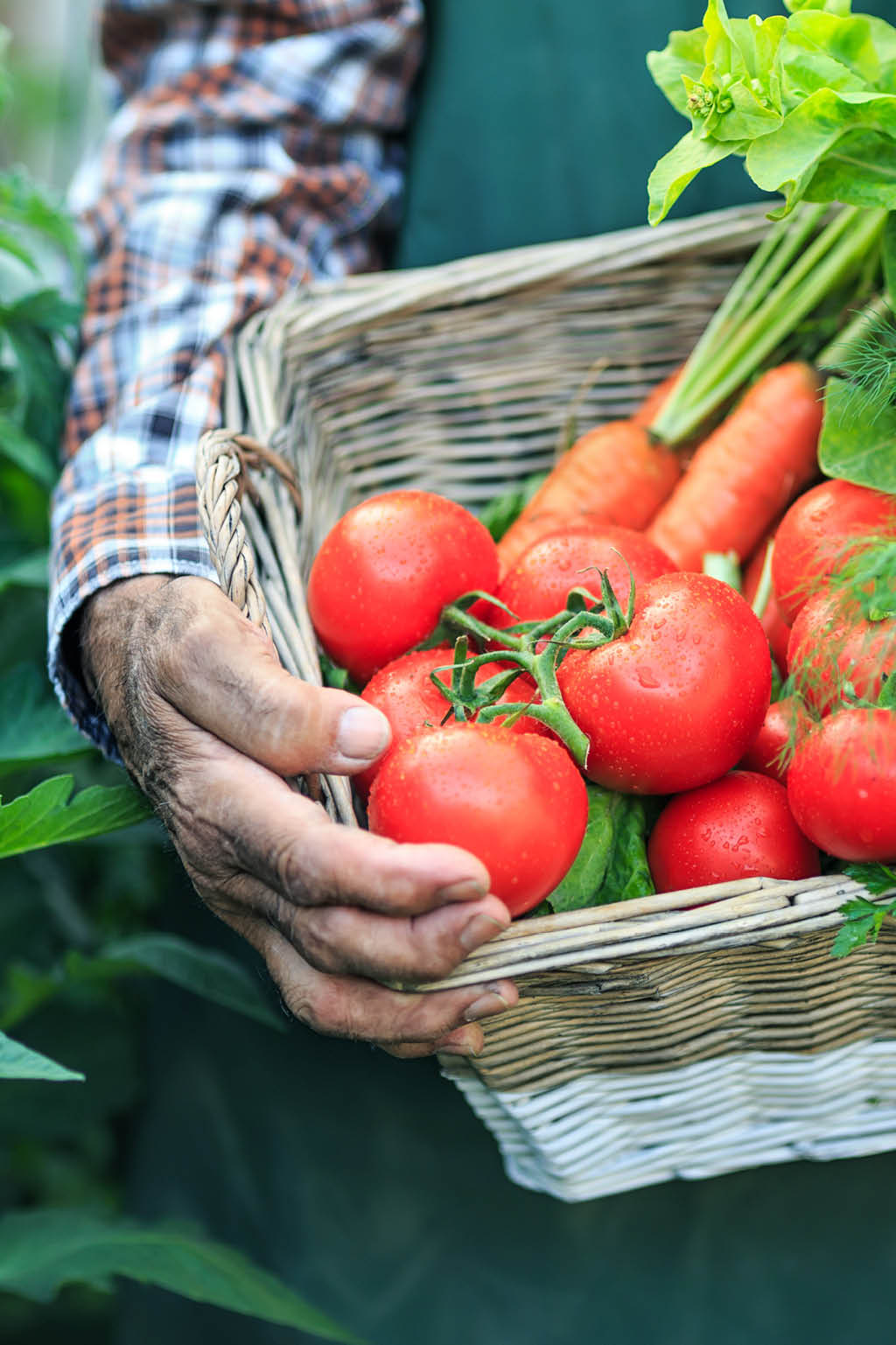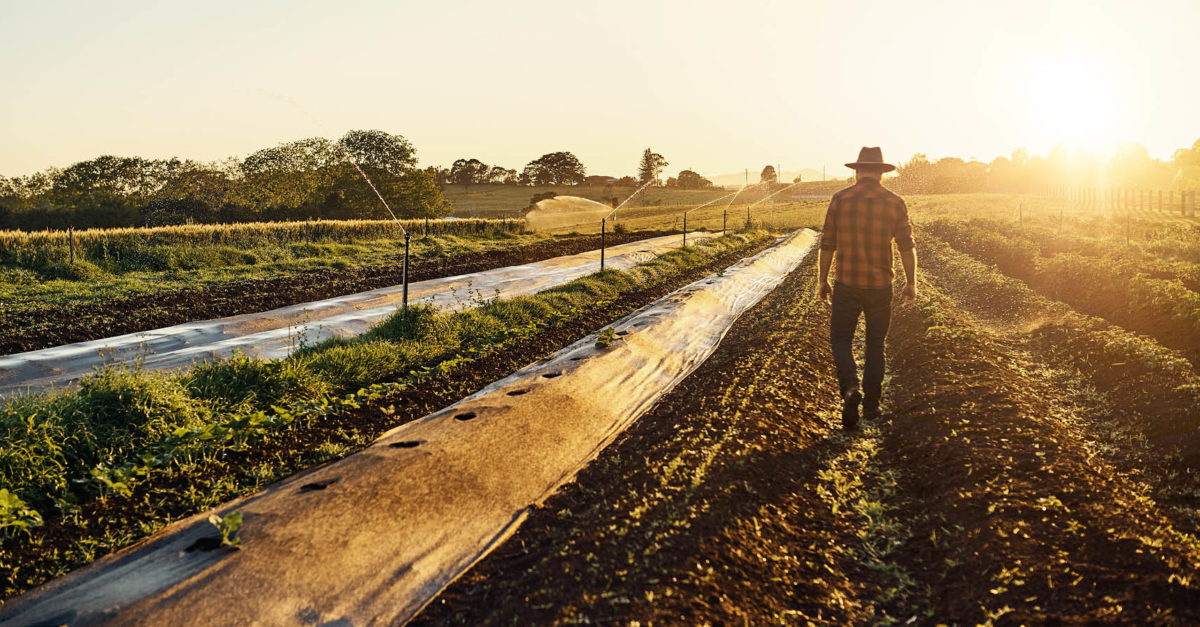Planting Progressive Roots
As America’s longest-running economic driver, the US agricultural industry has undergone many changes in its nearly 250-year run. From market crashes to unprecedented natural disasters, farming is a lucrative but sensitive business.
If you ask some economists, it’s a miracle that agriculture is still one of America’s leading and most profitable trading sectors—contributing billions to our GDP. After all, our soil has had to withstand centuries of damaging practices and a lack of knowledge in environmental sustainability.
But, in most areas, it does seem that the industry has reached a turning point. The term “sustainable” is now a commonly used phrase, whereas thirty years ago, profitability and industrialization were the buzzwords in the industry. We know now that, in order to keep America’s strong agricultural traditions afloat, sustainability needs to be at the forefront, not an afterthought.
No one understands this quite like the farmers themselves, who are paving the way for long-term, environmentally friendly practices—and proving that they not need sacrifice their bottom line in the process.
Finding energy, naturally
As a leader in permaculture—an organic style of farming which utilizes the natural design of the land—Elkstone Farm has been working to restore the fertile Steamboat Springs area of northern Colorado to its original glory. A leading producers of Remington strawberries, the town saw great success in the early 1900s, and through sustainable practices, the owners of Elkstone Farm are seeing success of their own.
Energy efficiency is at the heart of this operation, and through a combination of thermal energy, solar energy, and other naturally-derived sources, Elkstone is able to keep its many gardens, greenhouses, and even its agroforest, fully operational. Though it might be hard to believe that thousands of acres of farmland could be maintained solely through renewable energy sources, the team at Elkstone are dedicated stewards of the Steamboat Springs environment and have promised to care for the land to preserve it for future use.
According to their mission, Elkstone has taken inspiration from other farming capitals, such as New Zealand, introducing a diversity of plants and animals to the area which help maintain a natural balance of the land without the use of pesticides and other markers of an industrialized farm. The system they have created works with the environment, rather than against it, which can result in a slower growing process but also protected soil and a better relationship with the earth they are sowing—an essential part of any sustainable farming practice.
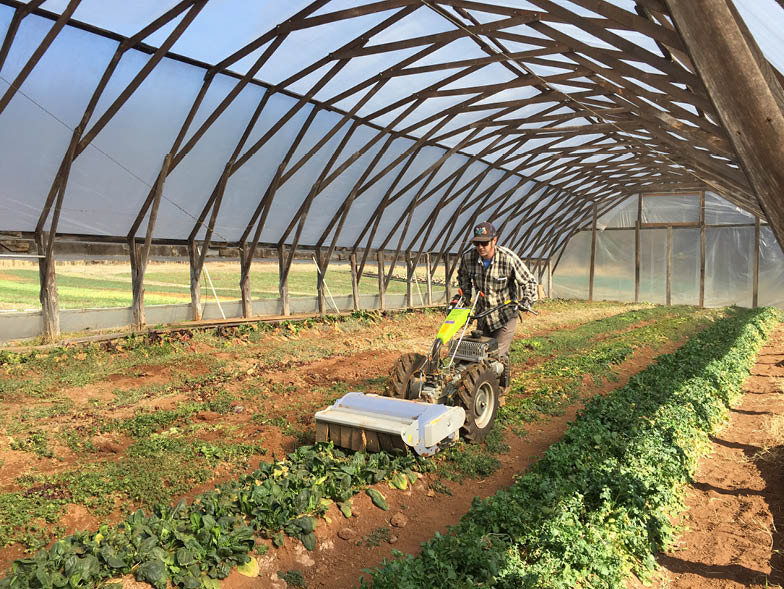
Starting from the soil
Without healthy soil, there can be no crops, and proper soil management has always been a large part of the sustainable agriculture movement. When Gabe and Shelly Brown began their farming operation, Brown’s Rach, just outside of Bismarck, North Dakota, in 1991, maintaining a holistic approach was essential to them.
Through a “highly diverse cropping strategy,” the Browns claim that they are able to maintain nutrient-dense soil, which results in vitamin-rich produce and allows them to raise healthier livestock. Regenerating the landscape for future farmers is at the center of their operation, and it includes four key components: covering crops, planting with a zero-till strategy (meaning no overturning of the soil), diversifying livestock, and providing ample room for grazing.
With a combination of these practices, the Browns have created a business that not only sustains itself and the land on which it’s built, but also helps other farms follow suit. They host educational programs and tours, and they also raise awareness of their efforts through the literature on their website, which encourages a positive and environmentally sound culture in their community.
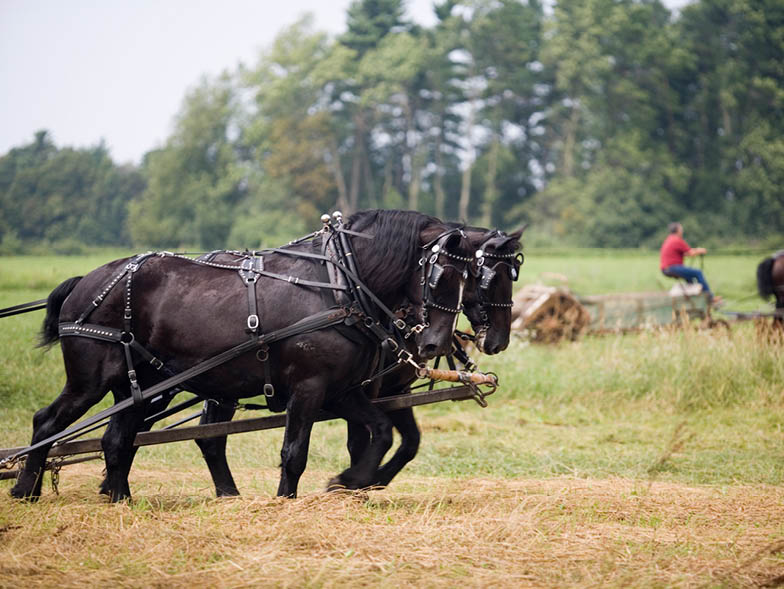
Growing on a small scale
Farms like Brown’s Ranch are making great strides in their quest for complete sustainability, quite literally, from the ground up. Whereas proper care for the soil and their animals is crucial to their success, so, too, is fostering a community-based agricultural structure.
One of the most troubling aspects of modern-day food production is the length that products must travel before they can reach their final destination. This type of system has made the world much smaller, allowing a family in Wisconsin to enjoy papaya and pineapple, and a school in China to serve white bread with their lunches. But it has also left the agriculture industry with a severe strain on its resources and harmful effects on the environment—because of the increase in emissions from transportation and chemicals created in manufacturing and packaging.
To help combat this, community-based farms like the Live Power Community Farm in Covelo, California, take longstanding environmentally friendly beliefs and mesh them with modern technological advancements to create a healthy, localized food system.
As one of the first farms in California to be certified biodynamic—a principal that focuses on the connection between humans and our relationship to the earth—LPCF has been providing organic, locally grown products to the surrounding area for more than thirty years. The farm focuses on not only on soil preservation but also on utilizing renewable sources of energy, like solar power and horse power. Draft horses are used for tasks like planting and cultivating crops, as well as fertilizing, which allows LCPF to generate 100 percent of their own compost.
The farm cites that, less than one hundred years ago, the majority of farming was localized, with people raising their own crops or purchasing from and trading with local farmers. In this system, less energy is wasted, the environment benefits, and prices are kept at a reasonable level because of the decrease in transportation and production costs. LCPF encourages community participation on the most organic level, by recruiting volunteers to help plant and cultivate, presenting its mission in schools, and sharing operating costs with the public.
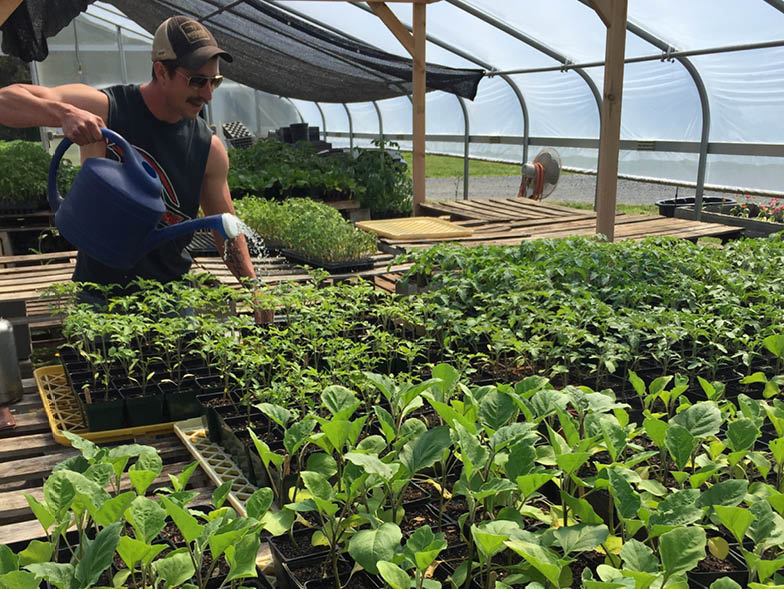
From the classroom to the field
If changing the way our food is grown is step one, step two is educating the public about this shift in the industry, especially as a growing number of Americans are concerned about where their food is coming from.
People certainly have more interest now in the agricultural process than they did just a few years ago, thanks in part to the farms who are making sure education is at the center of their business. The Elma C. Lomax Incubator Farm in Concord, North Carolina, is just one of hundreds of American farms that’s stewarding the next generation of organic farmers—setting them up with inexpensive land, shared tools and equipment, and training.
As a certified organic farm, the farmers who train at Lomax are required to operate under the National Organic Program (NOP) standards and are given access to essential tools and information to help them get their own farms off the ground. The belief is that, by walking future farmers through their first few years in the business, they will be better prepared for success and can carry on the sustainable culture for the next generation of farmers. When farmers complete the program with Lomax, they are assisted in finding their own land.
Farming for the future
There are so many farms across the country that are leading the charge toward a sustainable agricultural future, whether it be through soil preservation, education for the public, a diversified planting structure, or a combination of green practices.
It’s not enough for the modern-day farmer to adhere to NOP standards or commit to raising livestock free of antibiotics. The climate in the agricultural industry, and society as a whole, is moving away from decades of unsustainable practices and into a new era of careful consideration and preservation of the land.
